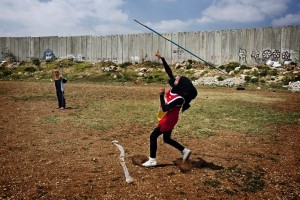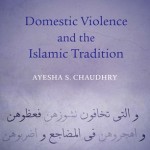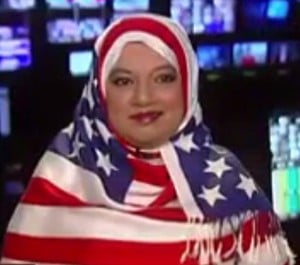
My dad has been an avid photographer since I can remember. As a kid I was constantly photographed with a traditional analog camera and black and white film. As a teenager, it was my dad’s passion that led me to learn professional photography through vocational education. Photographs, my dad used to tell me, are a “window” into someone else’s life. This “window” is not necessarily how they see themselves, but how the world around them perceives them.
It was not long before I started collecting photographs, published in newspapers, of the invasions of Afghanistan and Iraq. The post 9/11 conflicts brought back the images of Muslim women in Third World countries, which resembled those of the 80’s and early 90’s. The famous “Afghan girl” photographed by Steve McCurry set a precedent on how Muslim women of conflict and post-conflict areas would be portrayed. This famous image has been described as that of a girl whose eyes “symbolize the plight and the pain and the strength of her people.” She represents the “other:” A young woman with an uncertain future in a land permeated by conflict.
The “Afghan girl” remained nameless for several years, until the photographer went back looking for her, only to discover that she was alive and had a name! Sharbat Gula, her actual name, has become a symbol of conflict and despair as we discovered that her harsh life continues to be difficult. She is not the only one. Several Muslim women have become symbols of war, violence and despair.
In several past posts I have discussed photographs of Muslim women. There are those of female Syrian rebel fighters and anonymous Muslim women holding injured revolutionaries. Most recently, the Sydney Morning Herald published one of several collections of “Best of the world” images. Among them are the picture of an Afghan woman, resembling Sharbat Gula, who is identified as a supporter of presidential candidate Abdullah Adbullah. Another picture depicts a visibly crowded bus in Afghanistan with the caption “People travel in an overcrowded bus in Kabul, Afghanistan.” Several women are visible in the vehicle, and while they do not seem particularly surprised or irritatbed by the crowded bus, the framing suggests adversity.
Trying to locate some “happy” pictures of Muslim women among these award-winning photographs, I realized that they are rare. Women in hijabs, niqabs or in Muslim-majority countries are often depicted in violent environments or “semi-developed” settings. We need more photographs of Muslim women beyond conflict and poverty. For example, Bag News Notes has published a set of pictures taken in Palestine. Some feature Palestinian women practicing yoga and practicing javelin. Photographs of this kind deserve some attention.
Of course, the world of photography is not black and white (ironically!). My feelings of ambivalence towards some of the pictures out there are well represented by a series of photographs recently published by the World Press Photo. These pictures depict Egyptian bodybuilders with their mothers, featuring a great variety of mother-son relationships and archetypes of “Egyptian mothers.” But as interesting as the collection is, the photographs provide a commentary on gender power relations and play with the idea of “strength” vs. “weakness.” As a whole, the collection plays on contrasts between motherhood, physical strength and patriarchy that I am still trying to “digest.”

Every year, I enjoy looking at the photographic award-winner galleries, but I must be honest. I am often disappointed with the depictions of Muslim women. This is not to say that stories of war and poverty must not be told. On the contrary, these stories are important for the depicted women and the spectators. Yet, we often fail to analyze beyond the caption. It is easy to say the “Afghan girl” without explaining the roots of conflict and the role of governments around the world in perpetrating them. Likewise, it is easy to look at images of poor Muslim women struggling to survive; however, we do not stop to question the effects of, often times, unfair economic systems on vulnerable populations. I guess that’s why I like more positive pictures of Muslim women…they fail to comply with the photographic stereotypes around Muslim women and they challenge our pre-conceived notions of “underdeveloped” Muslim women in poor countries. These pictures say, “despite everything, we are here, and we are here to stay.”














